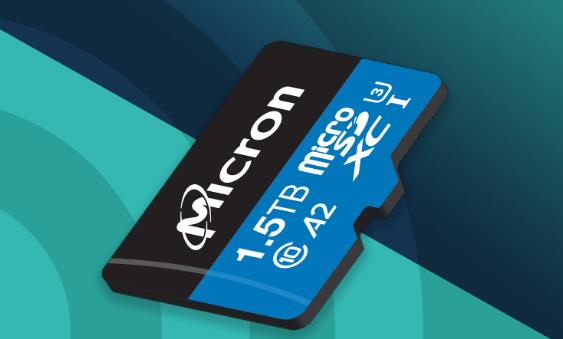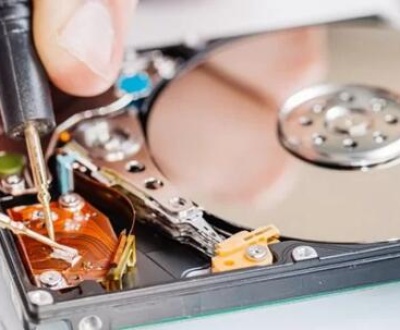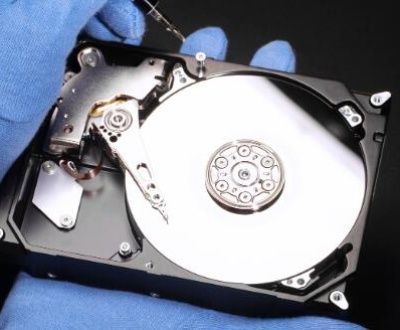Micro SD cards are widely used for storage in smartphones, cameras, and other devices. However, data loss can occur due to accidental deletion, corruption, or formatting.
Micro SD cards are compact and convenient for storing various types of data, including photos, videos, and documents. Despite their utility, they are susceptible to data loss due to various reasons:
Accidental Deletion: It’s easy to accidentally delete files.
Corruption: Power failures or improper ejection can corrupt the card.
Formatting: You may format the card without backing up your data.
Physical Damage: Damage from water, heat, or impact can make data recovery challenging.
This tutorial will guide you through several methods of recovering lost data from a micro SD card, ensuring you can retrieve your important files.

Step 1: Stop Using the Micro SD Card
If you suspect data loss, immediately stop using the micro SD card. Continuing to use it can overwrite the deleted files, making recovery more difficult or impossible. Do not save new data to the card until you have attempted recovery.
Step 2: Check the Card for Physical Damage
Before proceeding with software recovery, inspect the micro SD card for physical damage. Look for:
Cracks or chips
Bent connectors
Signs of corrosion
If the card is physically damaged, consider seeking professional recovery services. If it appears intact, you can proceed with the following steps.
Step 3: Choose a Data Recovery Software
There are several data recovery software options available, both free and paid. Some popular choices include:
Recuva: A user-friendly tool with a free version.
EaseUS Data Recovery Wizard: Offers a free trial with powerful recovery features.
Disk Drill: Free for basic recovery with an intuitive interface.
PhotoRec: Open-source software that supports various file types.
For this tutorial, we’ll use Recuva as an example, but the steps are generally applicable to other software.
Step 4: Download and Install the Software
Go to the official website of the chosen software.
Download the installation file for your operating system.
Install the software following the on-screen instructions.
Note: Avoid installing the software on the micro SD card to prevent data overwriting.
Step 5: Connect the Micro SD Card to Your Computer
Use an SD card adapter to connect the micro SD card to your computer. If your computer has a built-in card reader, you can insert the card directly.
Ensure that your computer recognizes the micro SD card. You can check this by going to “This PC” (Windows) or “Finder” (Mac).
Step 6: Launch the Data Recovery Software
Open the data recovery software.
Select the micro SD card from the list of available drives. Make sure to choose the correct drive to avoid accidental data loss from other devices.
Step 7: Choose the Recovery Type
Most recovery software offers two types of scans:
Quick Scan: A fast scan that looks for recently deleted files. This is typically sufficient for accidental deletions.
Deep Scan: A more thorough scan that takes longer but can recover files lost due to formatting or corruption.
Select the appropriate option based on your situation. If the quick scan doesn’t find your files, opt for a deep scan.
Step 8: Start the Scanning Process
Click on the “Scan” button to initiate the recovery process.
The software will begin scanning the micro SD card. This may take several minutes, especially for deep scans.
Step 9: Review the Scan Results
Once the scan is complete, the software will present a list of recoverable files. You can filter results by file type or use the search function to find specific files.
Browse through the list of recoverable files.
Check the preview (if available) to verify the file integrity.
Step 10: Select Files for Recovery
Mark the files you wish to recover. Be cautious to avoid selecting files that are unnecessary.
Confirm that you have selected all the important files you want to recover.
Step 11: Choose a Recovery Location
Click on the “Recover” button.
You’ll be prompted to choose a recovery location. Do not select the micro SD card to prevent overwriting other data. Instead, choose a location on your computer’s hard drive.
Step 12: Complete the Recovery Process
Once the recovery process is complete, navigate to the location where you saved the recovered files.
Verify that all files have been successfully recovered and are accessible.
Step 13: Backup Your Data
To avoid future data loss, implement a regular backup strategy. Here are some tips:
Cloud Backup: Use cloud services (e.g., Google Drive, Dropbox) to store copies of important files.
External Hard Drives: Regularly back up data to external storage devices.
Backup Software: Consider using software that automates the backup process.
Step 14: Format the Micro SD Card (If Necessary)
If your micro SD card was corrupted or had issues, consider formatting it after data recovery:
Connect the micro SD card to your computer.
Go to “This PC” (Windows) or “Disk Utility” (Mac).
Right-click the micro SD card and select “Format.”
Choose the desired file system (FAT32 is common for micro SD cards).
Follow the prompts to complete the formatting process.
Warning: Formatting the card will erase all remaining data, so ensure you have backed up everything important before proceeding.
Step 15: Test the Micro SD Card
After formatting, test the micro SD card to ensure it functions correctly. You can do this by copying files onto the card and accessing them.
About us and this blog
Panda Assistant is built on the latest data recovery algorithms, ensuring that no file is too damaged, too lost, or too corrupted to be recovered.
Request a free quote
We believe that data recovery shouldn’t be a daunting task. That’s why we’ve designed Panda Assistant to be as easy to use as it is powerful. With a few clicks, you can initiate a scan, preview recoverable files, and restore your data all within a matter of minutes.
Subscribe to our newsletter!
More from our blog
See all postsRecent Posts
- Data recovery salt lake city utah 2025-04-18
- Data recovery sacramento 2025-04-18
- Data recovery miami 2025-04-18

 Try lt Free
Try lt Free Recovery success rate of up to
Recovery success rate of up to









